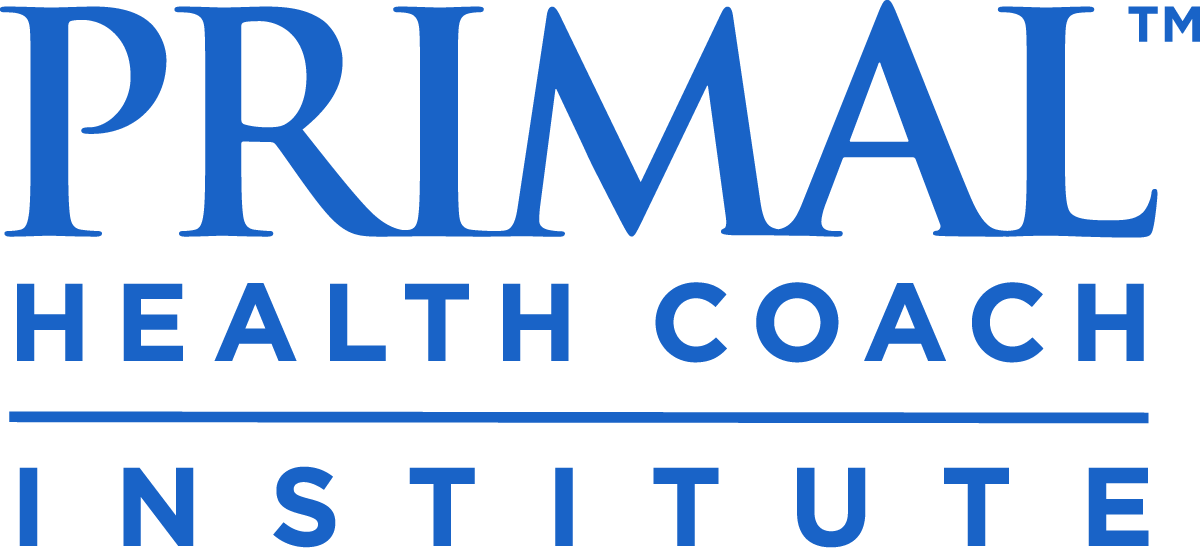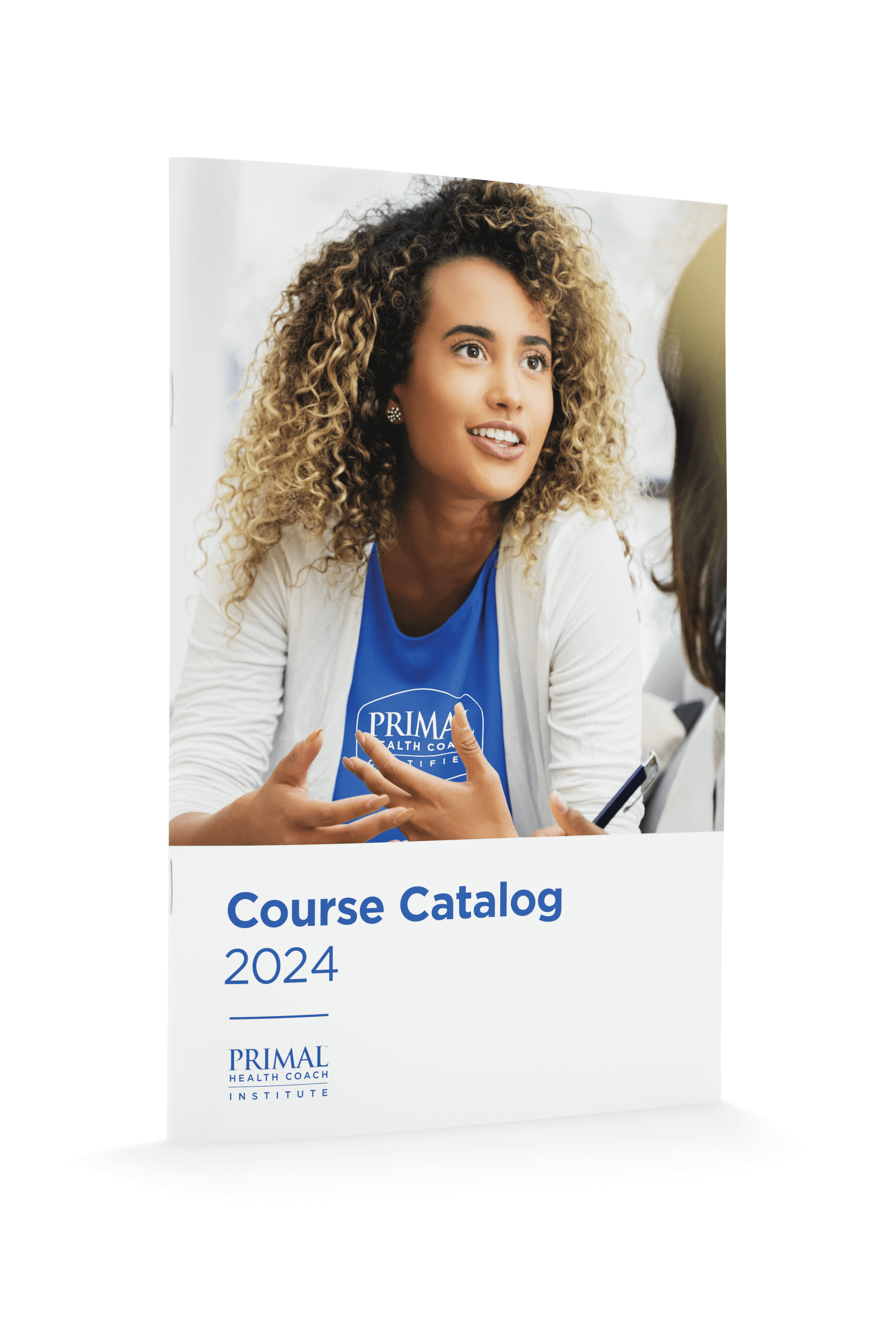
Many prevailing benefits of coaching are achieved through ongoing trust and meaningful conversations shared between the coach and client—and the foundations of great conversation are built upon the coach’s listening skills.
Listening is about more than just hearing and receiving information though; it involves processing, reflecting, understanding, and remembering the information, too. When you get it right, you ensure that your client feels more accepted, open, and engaged throughout your coaching relationship.
In this article, you’ll learn how active listening can help strengthen your coaching relationships and boost your clients’ self-efficacy towards change.
What is Active Listening?
When you’re actively listening, you’re using your full awareness to create space for compassion and understanding that translates into deeper connections. Also referred to as mindful listening, this intentional, present form of listening “attempts to demonstrate unconditional acceptance and unbiased reflection” (Harry Weger Jr., 2010).
Many health coaches struggle with active listening at first, because they’re busy thinking of what they want to say while the client is speaking. As new coaches, we hold this false belief that our value is determined by what we know and how much we can teach our clients—it’s no wonder we are preoccupied with what to say next.
Our real value stems from the support, trust, and guidance we share with our clients. We owe them our full attention when we converse, and, in turn, this genuinely good conversation results in positive emotions, helping our clients find meaning and feel an overall sense of ease…and the benefits continue to unfold.
“When people are listened to, sensitively, they tend to listen to themselves with more care and to make clear exactly what they’re feeling and thinking” (Rogers & Farson, 1957).
What this means is, by practicing your listening skills, you’re helping your clients become more self-aware—which is one of your primary duties as a health coach.
Let’s go over 5 strategies for active listening, all of which I recommend using regularly.
5 Active Listening Strategies
Many of these examples utilize paraphrasing as part of the listening strategy. Also known as perception checking, it’s a valuable conversation technique to respond by paraphrasing, or, essentially, repeating what you heard the client say (in an effort to check if your perception is correct).
1. Ask a question to confirm your perception.
Client: “I’m sick of waking up early. I just don’t think I can do the morning workouts anymore.”
Coach: (being careful not to make assumptions): “So, are you saying that morning workouts don’t feel right anymore, and you’d like to come up with a different routine?”
2. State what they have said, but use your own words.
Client: “I started journaling, and I was doing it every night. I don’t know what happened Friday…I was so busy, I just looked at the journal and didn’t feel like doing it. I haven’t done it ever since.”
Coach: “It sounds like you were developing the journaling habit, but since life got so busy you no longer felt the inspiration to continue. Is that accurate?”
3. Repeat what the client said, using their words, and end with a question.
Note: This is especially helpful when your attention is drifting and you need to share that you were listening.
Client: “I made the roasted chicken with asparagus again and ate it 3 times this week because I don’t know what else to make. I always do that—eat the same thing over and over because it’s easy.
Coach: “I hear what you’re saying. It’s easier to make the same thing over and over, like the chicken and asparagus. You don’t know what else to make. Is that right?”
Ending with “Is that right?” buys you more time to think. It also helps the client because it’s quite common for them to talk without really processing what they have just said. They can seem almost surprised to hear what you repeated back to them.
If you’re ready to respond more thoughtfully (after you’ve paraphrased), a more effective question to end with might be, “Would you like some help finding new recipes to try?”
4. Ask thoughtful questions.
This can be with or without paraphrasing. You can use this whenever you want more information, or need more time to connect with what the client is sharing.
Client: “…it’s been rough. I ate McDonald’s twice because the kids were fighting and I just wanted them to shut up. I wasn’t planning on ordering anything for myself, but I ended up getting a meal and a diet coke. I felt like crap afterward.”
Coach: “Tell me more about that. How were you feeling afterward?”
5. Remind them of something they’ve said in the past.
Part of being a good listener is to remember what your client shared during previous conversations. When your client hits a rough patch, it’s helpful to remind them of the words they spoke when things were going well.
This is quite different from all the other strategies on this list because it’s an indirect form of active listening. Learn more about this strategy here.
Common Listening Challenges for Health Coaches
- Thinking of what you’ll say next.
- Zoning out and thinking of anything besides listening.
- Feeling compelled to interject with your own thought/response.
- Replying with advice before responding in a way that assures the client feels heard and engaged.
- Rambling when it’s your turn to talk.
- Reacting with judgment or assumptions.
Many of these challenges result from coaches switching to a casual and friendly conversation style in an effort to teach less and listen more. The trouble is, when we casually talk with a friend, we’re more inclined to converse with the following behaviors: interrupting, finishing their sentences, making assumptions, expressing opinions based on judgment, or making facial expressions that indicate judgment.
A primary aim for health coaches is to listen and process the information through the client’s perspective without filtering it through our own experiences or biases. This is quite different from how we casually converse with friends.
4 Tips to Overcome Listening Challenges
1. Visualize what the client is saying.
If you experience difficulty staying present or neutral during the conversation, try to literally picture what your client is saying. Creating images in your mind helps you better realize the situation from their perspective. Remember to nod, keep eye contact, and show that you’re following.
2. Be succinct with your responses.
When it’s your turn to speak, express your thoughts clearly and without unnecessary words. Remember that sessions are 80% client verbalization and 20% of the coach’s.
3. Get comfortable with momentary silence.
When your client is done sharing something meaningful, it may benefit you both to experience a moment of silence while you collect your thoughts. This intentional pause may help your client come to further insights, too.
4. Make it a personal challenge.
A simple strategy to stay focused is to make a mental game of it. Your goal is to be able to repeat the last sentence your client shared. This keeps you on your toes, paying attention to each sentence as though it could be the last.
As someone who was diagnosed with inattentive-type ADHD, I understand how difficult it can be to listen fully when someone else is speaking. Compared to the average person, individuals with dopamine-hungry brains have increased difficulty drowning out distractions, resisting the impulse to interrupt or give advice, and retaining the information we just heard.
Nonetheless, it is our individual responsibility to figure out ways to change our environment and learn new strategies to overcome these obstacles. For me, that looks like closing all other computer windows and tabs during client sessions, turning off notifications and sounds, and keeping my door closed. I wear headphones for our virtual sessions (even though I don’t need them) because headphones make it easier to listen and stay engaged. My note-taking method keeps me attentive because I have to listen and record interesting/useful things my clients say. This helps me respond thoughtfully or paraphrase when needed, and the notes serve as my reliable memory bank.
Now that you’ve demonstrated active listening skills, what’s next?
Once you’ve gained a better understanding of your client’s perspective, the conversation can move into the problem-solving phase. In the end, you and your client will experience greater confidence and progress when you guide them to their own realizations and solutions, formulating an ever-evolving coaching plan together.



